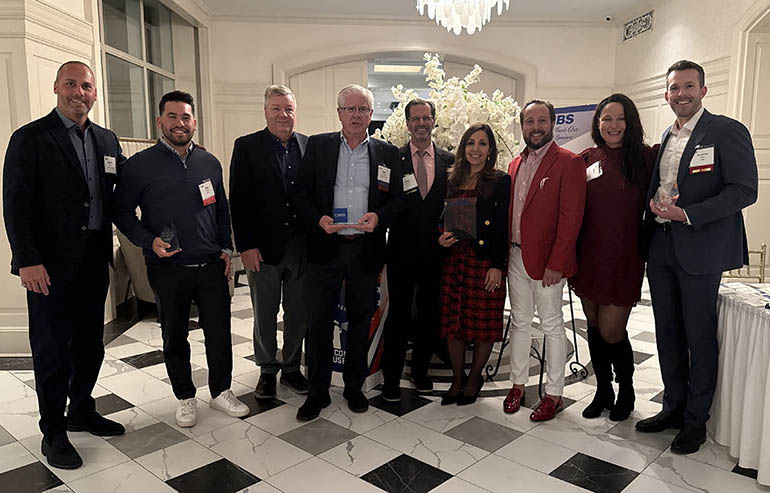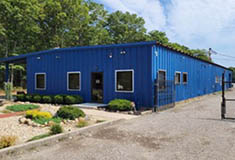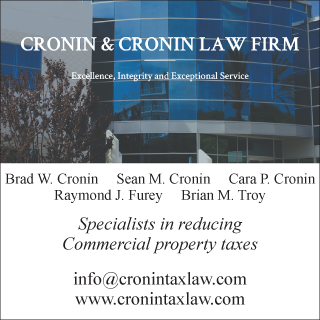News:
Long Island
Posted: March 11, 2013
NFRC's ratings: A trusted tool for comparing performance
Incorporating materials and techniques to make homes and buildings more energy-efficient and eco-friendly has become a priority for many homeowners, architects, and construction professionals. Choosing high performance windows, doors, skylights, and other fenestration products is one easy way to help meet green buildings goals.
When selecting high performance fenestration, it's important to have reliable energy performance data to compare products. The National Fenestration Rating Council (NFRC) can help. NFRC's third-party energy performance ratings for residential and non-residential fenestration provide information on various performance factors, allowing for easy product comparison. Its most common ratings are:
* U-Factor - This number indicates how well a product prevents heat loss. Ratings generally fall between 0.09 and 1.20; lower values mean better insulation.
* Solar Heat Gain Coefficient (SHGC) - This rating measures how well a product blocks heat from the sun. It is expressed as a number between 0 and 1; the lower the number, the more solar heat is kept out.
* Visible Transmittance (VT) - This value quantifies how much light comes through a product, expressed as a number between 0 and 1. The higher the number, the more light is transmitted.
For residential fenestration, these ratings can be found on a temporary label attached to an NFRC-rated product, analogous to the miles-per-gallon (MGP) sticker affixed to a new car. As non-residential fenestration is typically assembled on the construction site, NFRC provides a label certificate; this single document lists certified performance values for all NFRC-rated products on a project.
NFRC's ratings help architects, homebuilders, and commercial general contractors easily compare fenestration products and determine whether they meet state and/or local building energy codes for fenestration.
New York's energy performance building codes are based on the 2009 International Energy Conservation Code (IECC) and ASHRAE 90.1-2007. Both codes reference NFRC's procedures for rating U-Factor (NFRC 100) and SHGC and VT (NFRC 200).
NFRC also has an important role in energy performance programs. The residential Energy Star Windows program requires NFRC certification for fenestration products to qualify, and the Energy and Atmosphere section of LEED requires the use of ASHRAE 90.1-2007, which mandates the use of NFRC's rating procedures for fenestration performance.
To learn more about NFRC's independent energy ratings, please visit www.nfrc.org.
Tom Herron is NFRC's senior manager, communications and marketing.
Tags:
Long Island
MORE FROM Long Island
Suffolk County IDA supports expansion of A&Z Pharmaceuticals
Hauppauge, NY The Suffolk County Industrial Development Agency (IDA) has granted preliminary approval of a financial incentive package that will assist a manufacturer in expanding its business by manufacturing more prescription (Rx) pharmaceuticals in addition to its existing over-the-counter

Quick Hits
Columns and Thought Leadership

The evolving relationship of environmental consultants and the lending community - by Chuck Merritt
When Environmental Site Assessments (ESA) were first part of commercial real estate risk management, it was the lenders driving this requirement. When a borrower wanted a loan on a property, banks would utilize a list of “Approved Consultants” to order the report on both refinances and purchases.








.gif)
.jpg)